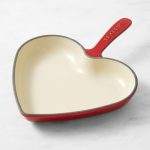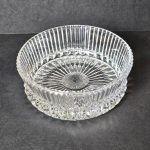Vintage cast iron cookware holds a special place in kitchens around the world. Beyond their beautiful and rustic appearance, these cookware pieces offer remarkable durability and heat retention. While they are designed to last a lifetime, the key to maintaining their functionality lies in proper care. With the right maintenance techniques, your vintage cast iron cookware can easily be passed down through generations. In this article, we will explore essential care tips to ensure the longevity of your treasured kitchen tools, enabling you to enjoy their benefits for years to come.
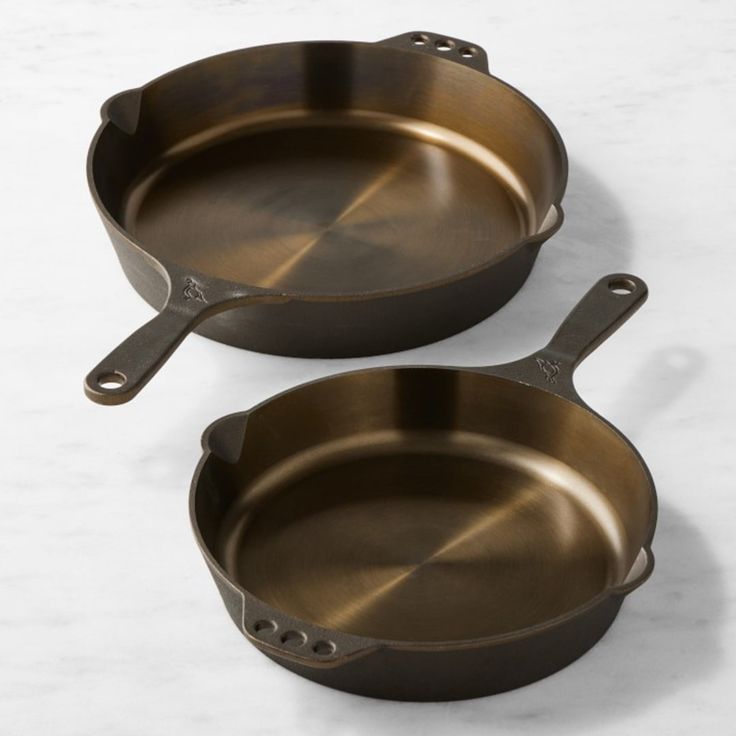
Understanding the Unique Properties of Vintage Cast Iron Cookware
Before diving into maintenance tips, it’s crucial to understand what makes vintage cast iron cookware unique. This type of cookware has been carefully crafted over decades, resulting in a remarkable history behind each piece. Many vintage cookware items possess numerous layers of seasoning accumulated over years of use. These layers enhance their natural non-stick qualities, allowing food to cook evenly and release easily.
One of the standout features of vintage cast iron cookware is its ability to retain heat consistently. This makes it an excellent choice for various cooking methods, including searing, frying, and baking. The even heat distribution ensures that your food cooks thoroughly, giving you better results.
However, it’s worth noting that older cookware may have some imperfections. You might encounter minor rust spots or surface irregularities that are often seen on vintage pieces. Recognizing these characteristics helps you appreciate their charm and history. Ultimately, vintage cast iron cookware is not only functional but also serves as a testament to the craftsmanship of earlier generations, adding character to your kitchen.
Proper Cleaning Techniques for Vintage Cast Iron Cookware
Cleaning vintage cast iron cookware requires a delicate touch to maintain its seasoning. Proper cleaning is essential for preserving the unique qualities of your cookware. After each use, it’s vital to avoid using soap or harsh detergents. These can strip away the precious seasoning that has developed over time. Instead, opt for hot water and a gentle scrub brush or sponge to remove food residues. This method effectively cleans the surface without damaging the seasoning layer.
If stubborn bits of food remain stuck after scrubbing, consider boiling water in the pan. The heat will help loosen any difficult residue, making cleanup easier. Once you have finished cleaning, it’s essential to dry the cookware thoroughly to prevent rust. Moisture can lead to deterioration, which is something you want to avoid with cherished vintage pieces.
After drying, apply a thin layer of oil to the entire surface. This helps maintain the seasoning and provides a protective barrier against moisture. Following these cleaning techniques will not only help preserve your vintage cast iron cookware but will also ensure its performance remains consistent for all your cooking endeavors.
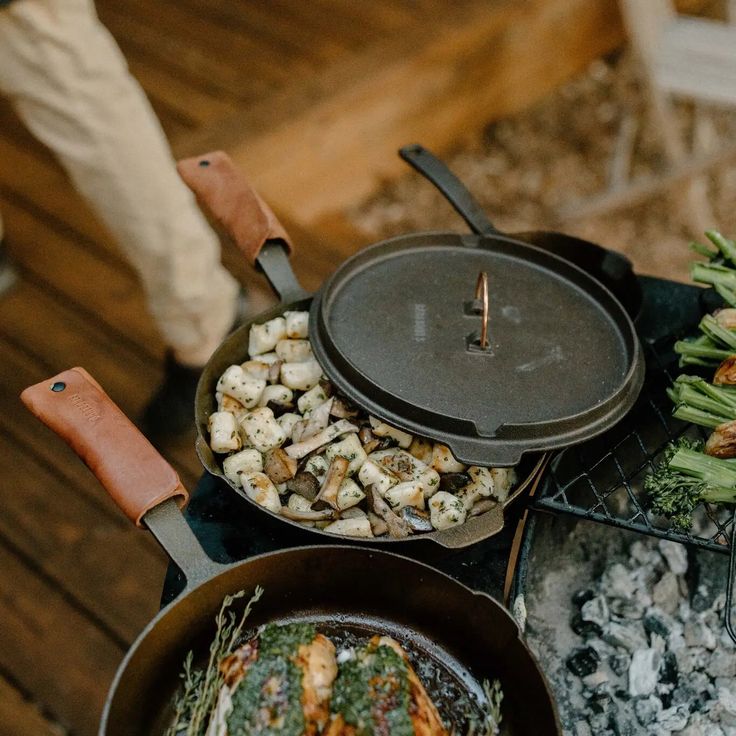
The Importance of Seasoning Your Cast Iron Cookware
Seasoning is critical for the longevity of vintage cast iron cookware. Proper seasoning creates a protective barrier and enhances the cooking experience. This process involves applying layers of oil that bond to the metal when heated. As these layers accumulate, they create a natural non-stick surface that makes cooking and cleaning easier. Moreover, seasoning acts as a shield, protecting the cookware from rust and other types of damage.
To season your vintage cast iron cookware properly, start by thoroughly cleaning it. Make sure to remove any existing residue or food particles that could affect the seasoning process. After cleaning, dry the cookware completely. Next, apply a thin, even layer of vegetable oil or flaxseed oil. Ensure that you cover both the interior and exterior surfaces with the oil, as this will offer complete protection.
Once the oil is applied, place the cookware upside down in a preheated oven at around 375°F for one hour. This allows the oil to bond effectively with the cast iron. After an hour, turn off the oven and allow the cookware to cool completely inside. Regularly seasoning your cookware—especially after deep cleaning—will help maintain its non-stick properties and ensure it remains in excellent condition for years to come.
Storing Cast Iron Cookware Properly
How you store your vintage cast iron cookware can significantly affect its lifespan and performance. Proper storage is essential to prevent damage and maintain the condition of your cherished pieces. To start, make sure your cookware is stored in a dry, cool place. Humidity can lead to rust, so avoid areas that are damp or prone to moisture accumulation.
If you have multiple pieces of cast iron cookware, stacking them is often necessary. When doing so, always include a paper towel or cloth between the pieces. This practice helps absorb any moisture and prevents scratching on the surfaces. Protecting your cookware from physical damage will help preserve its seasoning.
It’s important to refrain from storing food in cast iron cookware. Doing so can lead to unwanted acidic reactions, which may damage the seasoning layer. Always cover your cookware with a breathable fabric, such as a cloth or a lid, to protect it from dust and debris. By following these proper storage practices, you will keep your vintage cast iron cookware in prime condition, ensuring it is ready for your next culinary adventure.
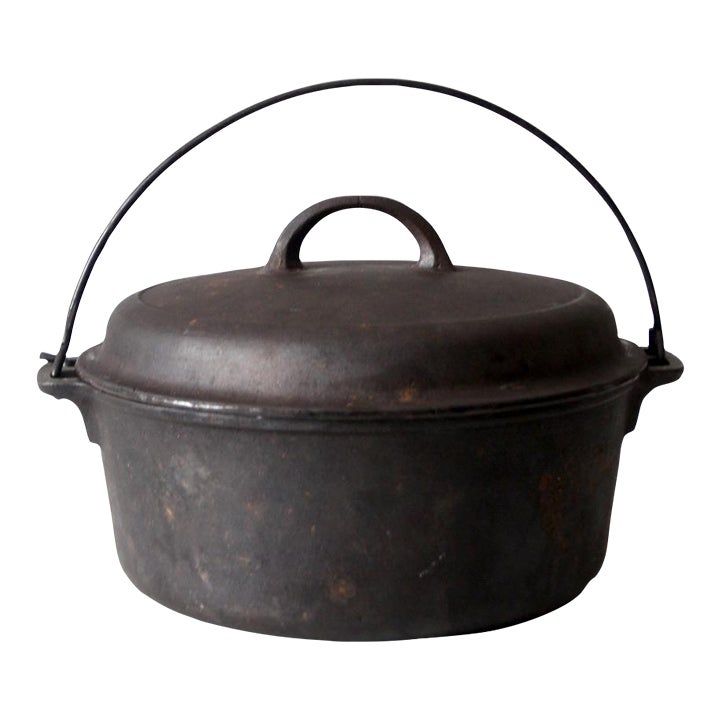
Handling Rust on Vintage Cast Iron Cookware
Despite your best efforts, rust can sometimes appear on vintage cast iron cookware. It’s important not to panic if you find rust. With the right approach, rust can be remedied effectively. Begin the process by scrubbing the affected areas with fine steel wool or a non-abrasive scrub pad. This will help remove all visible rust and restore the surface of the cookware. Take your time to ensure that you eliminate every trace of rust.
After you have scrubbed away the rust, it’s essential to thoroughly clean the cookware. Rinse it with hot water and dry it completely to prevent further moisture accumulation. Once the surface is clean and dry, it’s time to re-season the piece. Apply a thin layer of oil to both the interior and exterior surfaces, then place the cookware upside down in a preheated oven to allow the oil to bond to the metal.
Regular checks for rust can help you catch any issues before they worsen. By handling rust correctly, you can continue to enjoy the beauty and functionality of your vintage cast iron cookware for many years to come.
Cooking Techniques to Enhance the Life of Cast Iron Cookware
How you cook with vintage cast iron cookware plays an important role in its longevity and performance. A good practice is to start by preheating the cookware before adding any oils or food. Preheating allows for even cooking and helps prevent sticking, making your cooking experience more enjoyable.
It’s essential to use moderate heat settings when cooking with cast iron. Extreme temperatures can warp or damage the cookware, leading to a shorter lifespan. Additionally, avoid cooking highly acidic foods, such as tomato-based dishes, in well-seasoned pieces unless you know they are proven to withstand such ingredients. Acidic foods can erode the seasoning over time.
While avoiding high acidity is crucial, that doesn’t mean all acidity is bad. Mild acidic ingredients, like vinegar or citrus, can enhance flavors and be incorporated in moderation. Using these techniques not only maximizes the life of your vintage cast iron cookware but also improves your culinary results. By being mindful of your cooking methods, you can ensure that your treasured cookware continues to serve you well for years to come.
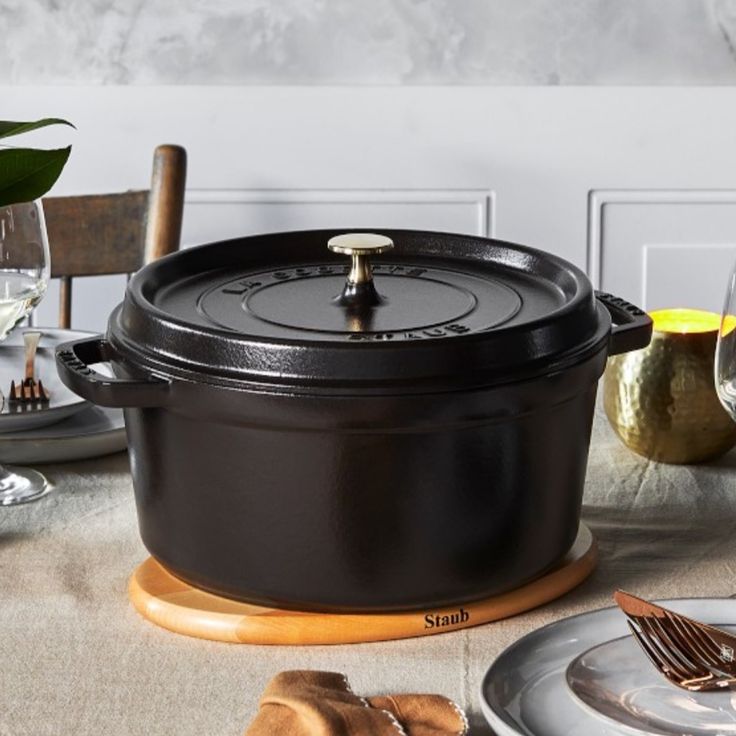
Recognizing When to Seek Professional Restoration
In certain cases, your vintage cast iron cookware may need professional restoration to maintain its quality and usability. Signs that your cookware requires attention include a significantly pitted surface, noticeable chips, or extensive rusting. If you find yourself dealing with these issues, it’s wise to consult a skilled metalworker who specializes in cast iron.
A professional can strip the cookware down to its raw iron, effectively removing any old seasoning and damage. This process revitalizes the piece, giving it a fresh start and a clean surface. After restoration, you will be able to begin the seasoning process from scratch, ensuring a durable non-stick surface.
Sometimes, investing in a full restoration is especially worthwhile for pieces that hold sentimental or considerable value. Cherished family heirlooms, for instance, may be worth the cost of professional care. Seeking help from professionals ensures that your vintage cast iron cookware remains functional and aesthetically pleasing. Recognizing when it’s time for expert intervention will not only protect your investment but also keep your beloved cooking legacy alive for years to come.
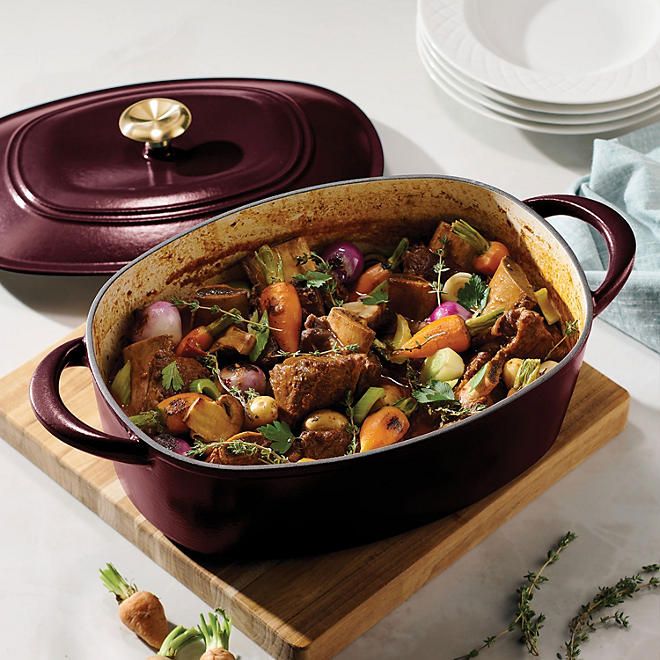
Enjoying Your Vintage Cookware for Generations
In conclusion, vintage cast iron cookware is more than just a kitchen tool; it is a piece of history that can last for generations if properly cared for. Understanding its unique properties, incorporating effective cleaning and seasoning techniques, and knowing how to store it will enhance your cooking experience. With the right maintenance, your vintage cast iron cookware will not only retain its functionality but also showcase its beauty over time. By passing down these treasured pieces, you can share culinary memories and traditions with future generations. Embrace the journey of caring for your vintage cast iron cookware, and it will reward you with unmatched flavors and unforgettable meals.
